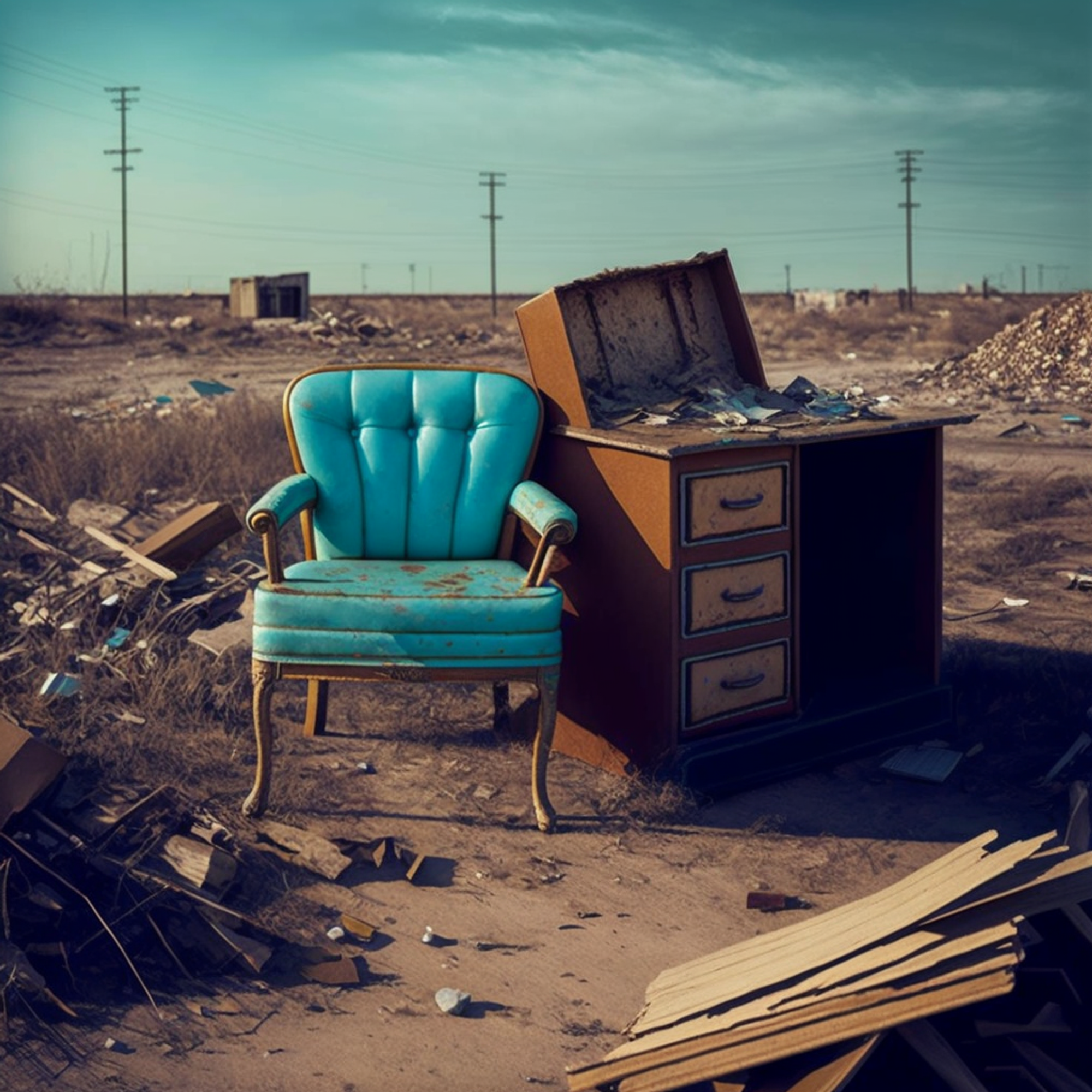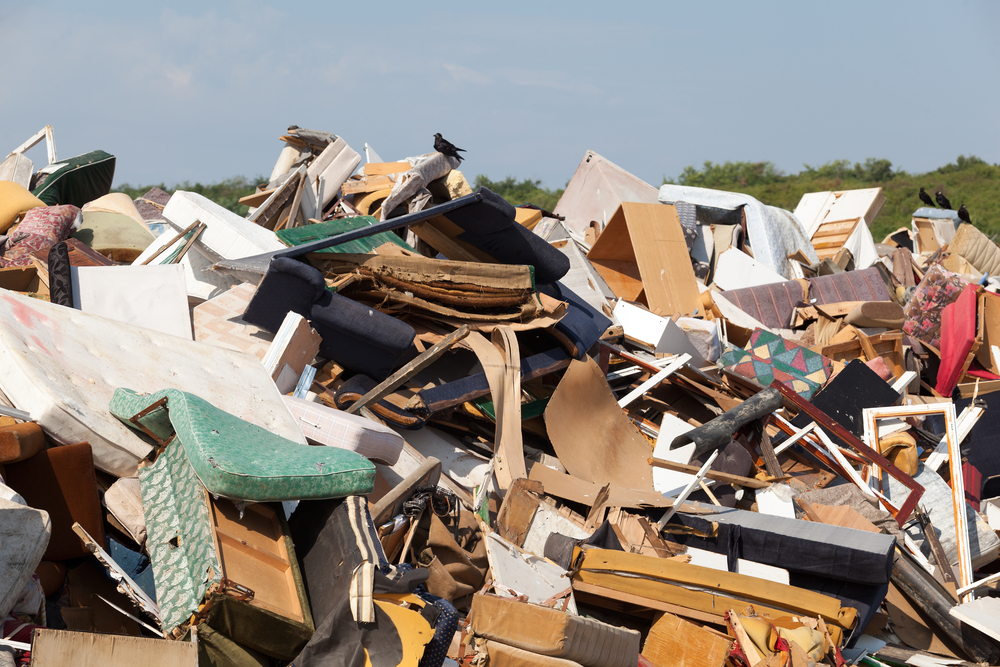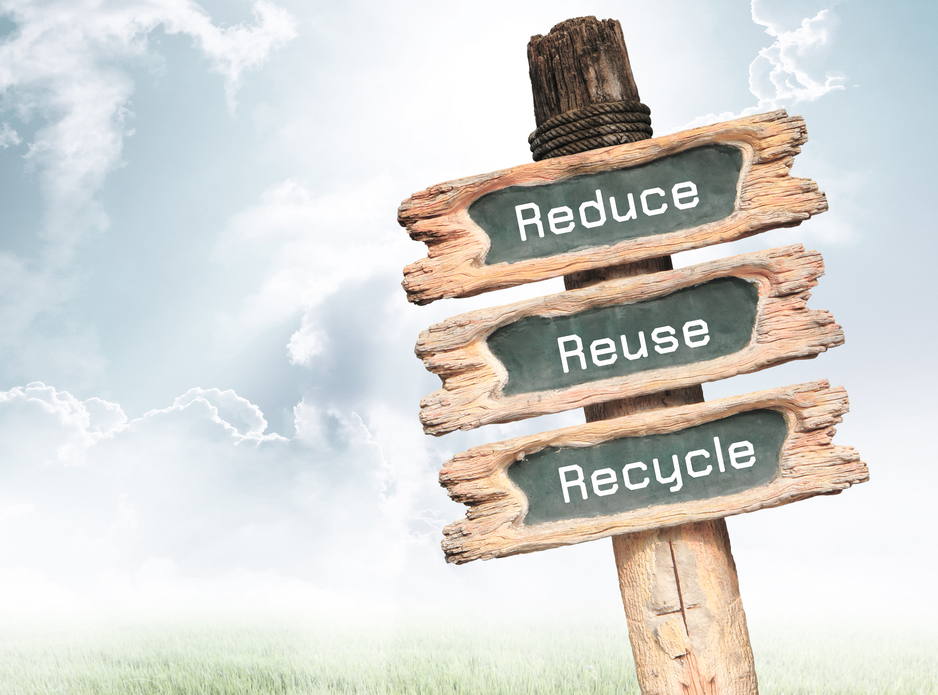
We live in a society marked by excessive consumption, and it’s clear that our throwaway culture is having a major impact on the environment. We buy new things without giving a second thought to the old ones, and we’re constantly being bombarded with messages that tell us that new is always better. But what happens to all the things we’re throwing away? They’re filling up our landfills, polluting our oceans, and contributing to climate change.
It’s not just the environment that’s suffering. Our wallets are also taking a hit as we’re constantly buying new things. It’s not only costly, it’s also unsustainable. I am guilty of being part of this cycle too, and it’s something I’m trying to change. I’m trying to reduce my consumption, and when I do need to buy something new, I’m trying to make sure it’s something I truly need and will use for a long time. I also try to repair things when they break, and to give away or sell items that I no longer need.
It’s easy to feel overwhelmed by the scale of the problem, but I believe that if we all make small changes in our own lives, we can make a big difference. It’s time to break the cycle of excessive consumption and throwaway culture. Let’s start by taking a second look at the things we’re throwing away, and asking ourselves if they can be repaired, sold, donated, or kept. We owe it to ourselves, and to the planet, to make a change.
Where do discarded items end up?
We are discarding large quantities of furniture while buying large quantities of new furniture, despite the shortage of timber globally. Even purchasing high-quality, locally produced “environmentally friendly” furniture made from sustainably harvested wood does not prevent our discarded items from ending up in landfills.
These objects don’t vanish when they are disposed of. They end up in ever-expanding landfills which negatively impact the environment, by altering landscapes and ecosystems, contaminating water sources, and releasing methane as carbon during decomposition.

Waste as a social construct
Waste is commonly referred to as material that is not in its intended location. However, what is considered as waste is a matter of perspective shaped by culture. A chair that is slightly imperfect may still be functional or easily fixable, yet it is often considered valueless once it shows signs of wear or instability. This decrease in worth is reflected in policies on waste disposal and in second-hand stores. Scheduling a collection by the local council or donating to a second-hand store is straightforward, making it effortless to discard items.
That chair can either be in good working condition, and thus kept in circulation for further use, or it is considered waste and sent to a landfill. There is no in-between for items that can be fixed easily. If a chair is an antique, well-made, or holds sentimental value, people are inclined to invest time and money in professional restoration. However, it can be challenging to justify that for a regular office chair.
The skill of fixing things
Community organizations offer classes on basic repair skills for wooden furniture. These workshops can teach participants how to make simple repairs and inspire them to tackle other projects. Repairs on factory-made furniture that has no historical or monetary value are typically easy to perform with a little research and a willingness to give it a try. Even if you don’t have the equipment, you can still seek help from neighbours and take advantage of the collective knowledge of communities. Repair cafes, which offer pop-up events with volunteer fixers, are becoming increasingly popular worldwide.
Find a new home for your unwanted furniture
Don’t have the time to repair it yourself? Try posting on Facebook Marketplace or a buy and sell Facebook group for your suburb. Consider connecting with someone who would be interested in repairing or repurposing the wood from your unwanted furniture.
Before you chuck out good or almost-good things for the sake of decluttering, ask yourself if there’s a less wasteful option, and if you really must get new chairs, consider finding quality second-hand chairs that will last. Nobody is saying you should become a hoarder. Make peace with old items, even if they’re a bit dated. They can often be spruced up with a bit of glue, paint or fresh upholstery.
Think carefully before you throw out something good or fixable as part of a furious spring clean. Furniture can have a long lifespan if properly cared for.
What are the 3 R’s used to reduce human impact on the environment?
The 3 R’s used to reduce human impact on the environment are Reduce, Reuse and Recycle. Reducing involves minimising the amount of waste produced. Reusing involves utilising an item multiple times. Recycling entails transforming a product into a new form rather than disposing of it.
What are the benefits of reducing, reusing and recycling?
The benefits of reducing, reusing and recycling include conserving natural resources, reducing energy consumption, and reducing the amount of waste sent to landfills.
Why should usable resources not be thrown away?
Usable resources should not be thrown away because they can be used again, conserving limited natural resources and reducing the amount of waste in landfills.
What is a negative impact of resource use?
A negative impact of resource use is the depletion of natural resources, pollution, and potential harm to the environment and human health. Additionally, overconsumption of resources can lead to increased greenhouse gas emissions and contribute to climate change.
Work with us for a sustainable future
For more information on the above, and how we can assist you to become part of the solution on climate change, contact us.


